- Home
- slideshows
- miscellaneous
- A photographer spent 7 years exploring the barren expanse of America's highways and returned with stark photos documenting the difficult realities of life in the US
A photographer spent 7 years exploring the barren expanse of America's highways and returned with stark photos documenting the difficult realities of life in the US
The US began construction of the Interstate Highway System in 1956 under President Dwight Eisenhower.

While numerous highways predated the system, the IHS was the first standardized system of superhighways in the country.
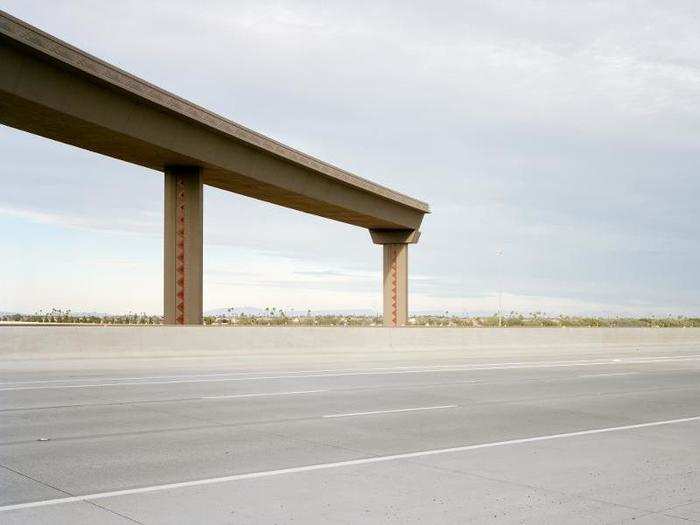
Source: Federal Highway Administration
Ever since, the Interstate Highway System has had a huge impact on America's culture and development. It set in stone that the car was the center of America's culture and economy.
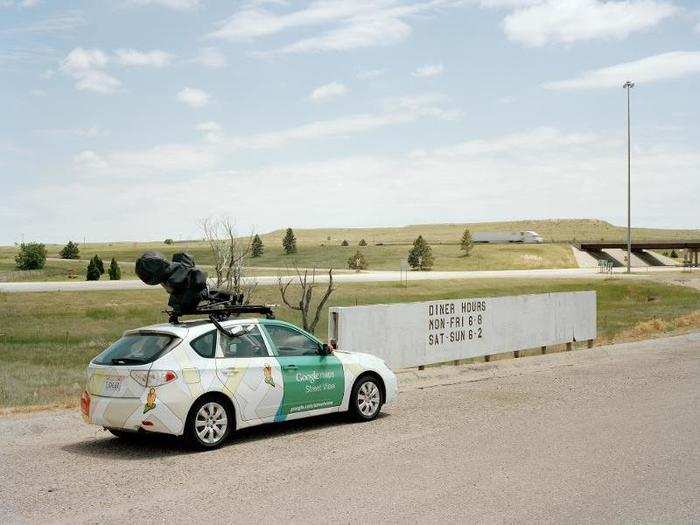
Greer began taking road trips along the Interstate Highway System at the age of 19. He told Business Insider that he has spent half his life on such trips.
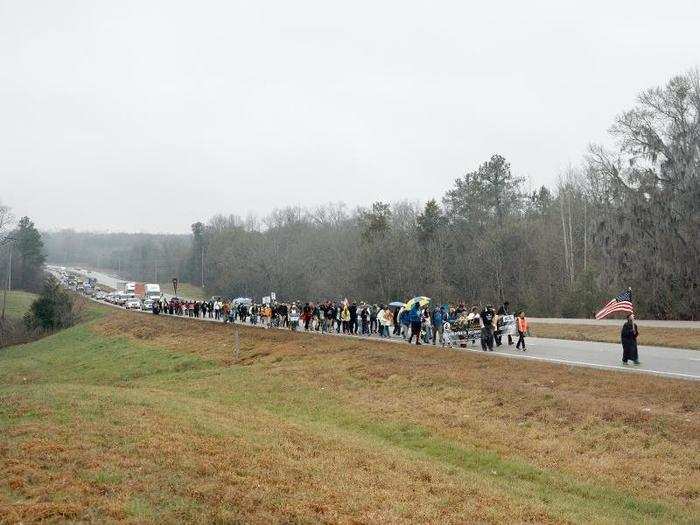
Greer said that he feels similar to journalist Robert Samuelson, who said "To understand America, you must understand highways."
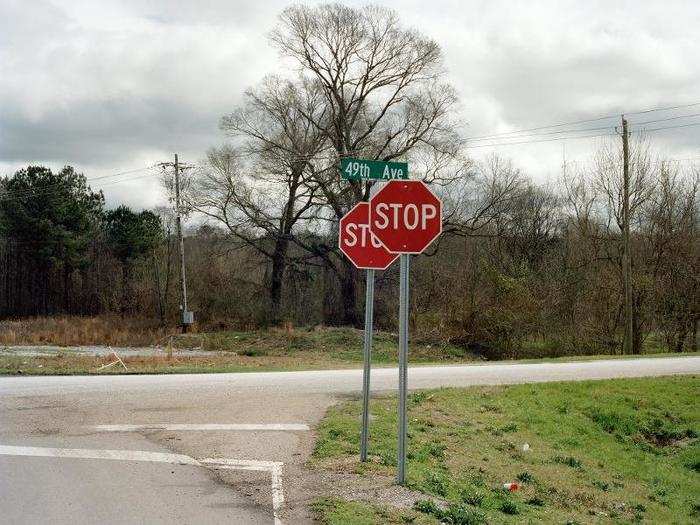
The IHS drastically changed day-to-day life in America. Prior, Americans traveled at slower speeds along roads lined with businesses and architecture specifically tailored to the region and town.
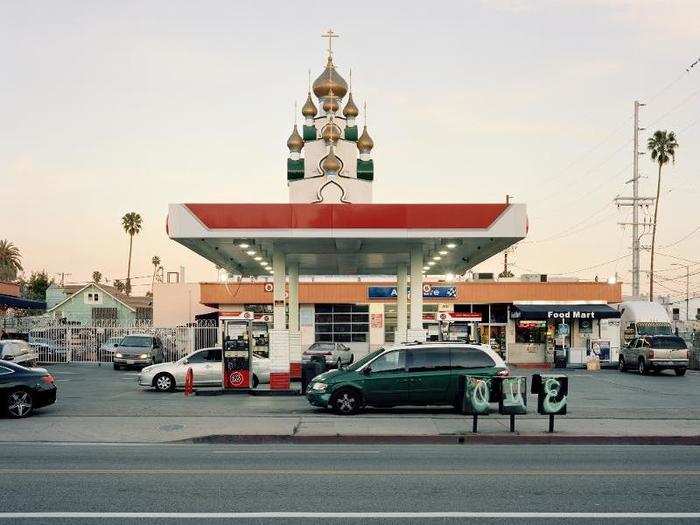
After the IHS was built, most of these once-vital towns died. Development moved to highway exits and interchanges where land was scarce and expensive.
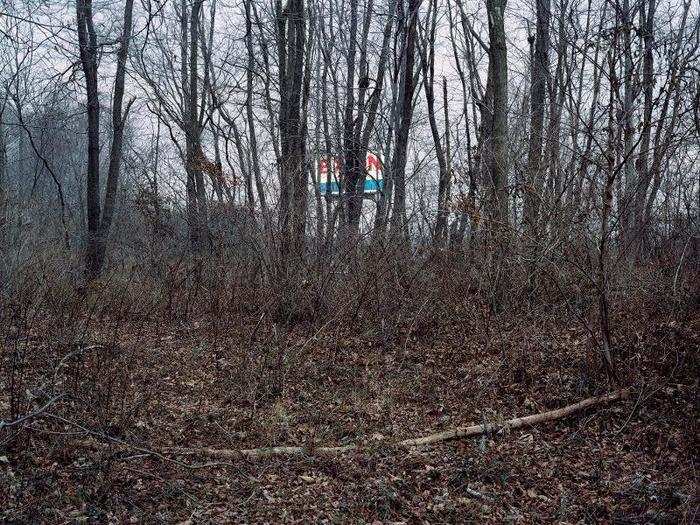
The only ones who could afford to open and sustain businesses were the wealthy big businesses. Hence the uniformity of gas stations and fast food joints.
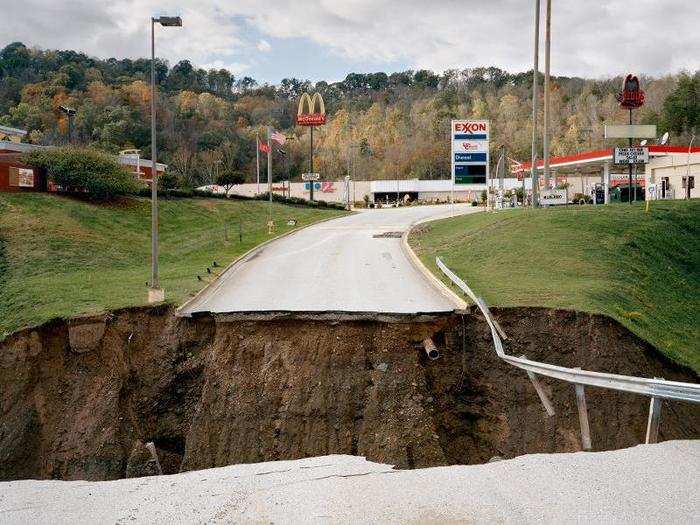
"Sameness is efficiency and comfort and safety," said Greer. "But there are still unique parts of our landscape and culture that defy that kind of steamrolling and ... that's what I was looking for — some kind of exception to the rule."
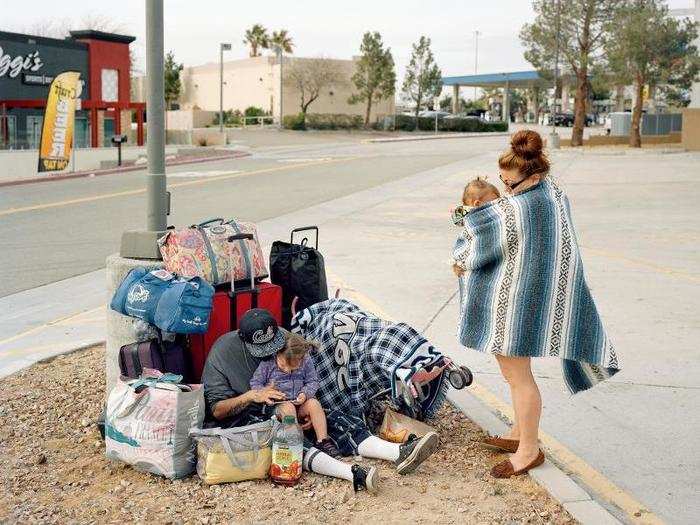
The building of interstate highways largely reorganized American culture around the roads, vehicles, and the commuting lifestyle.
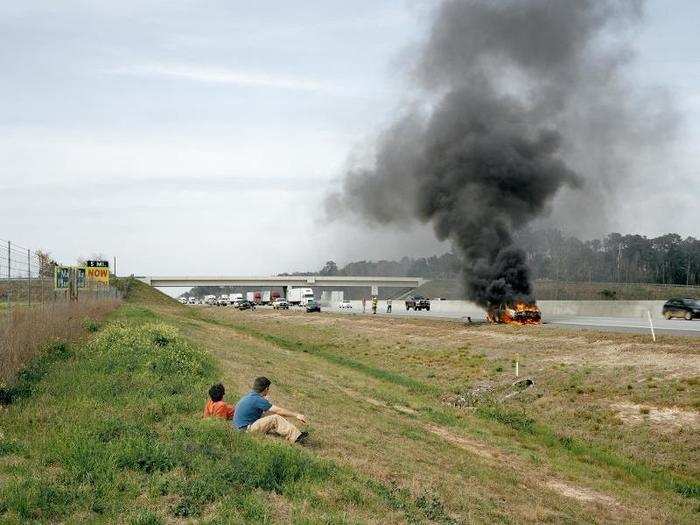
Many historians blame a loss of distinct regional cultures and history in America on the IHS. Highway historian William Kaszynski called it "the blanding of America."
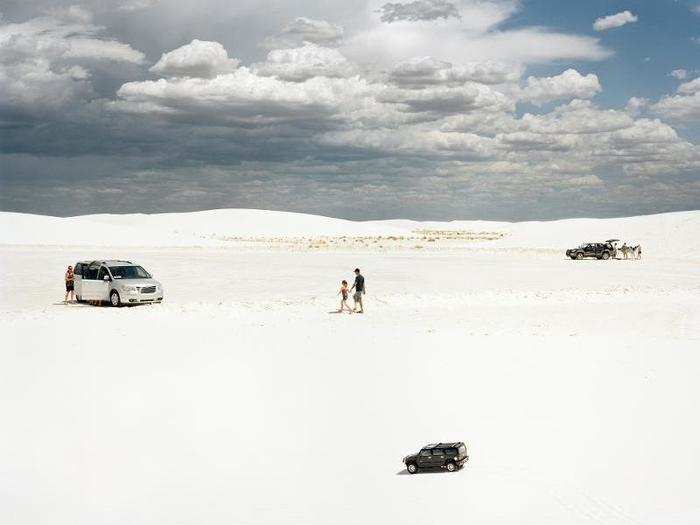
But Greer tried to see past the "blanding" to the moments of life and the feeling of place highways are supposed to blow past.
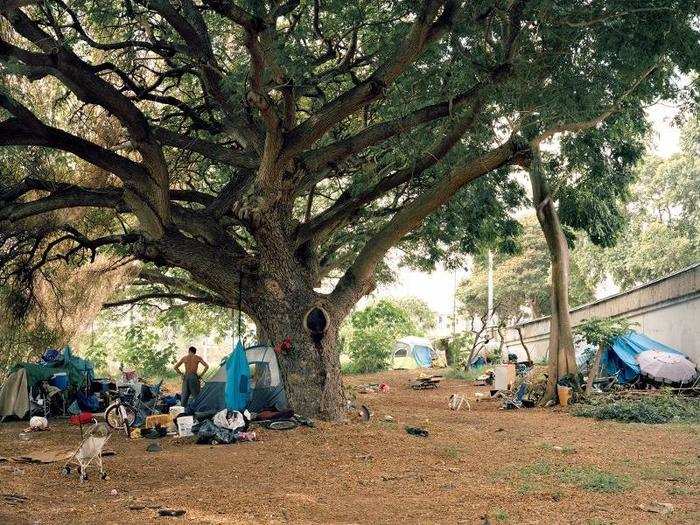
As he traveled along the highways, he frequently happened upon what he calls, "minor miracles": moments that breakdown the sameness and uniformity.
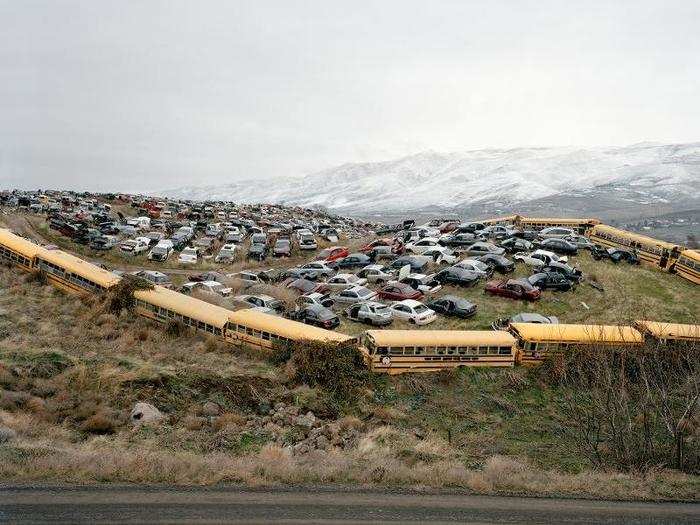
Most Americans miss these moments, Greer said, because they view freeways, interstates, and turnpikes as "functional spaces, not aesthetic ones."
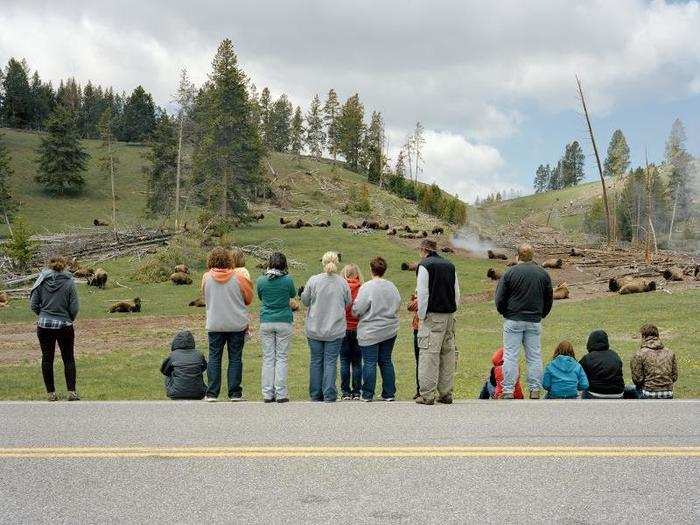
Most people just drive by, as quickly as possible.
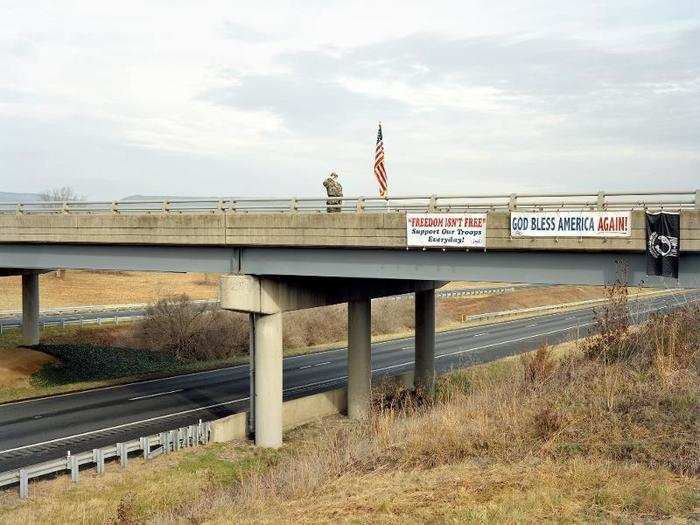
"I've found that if I lingered long enough and looked closely enough, there were moments of genuine life taking place on a human scale," Greer said.
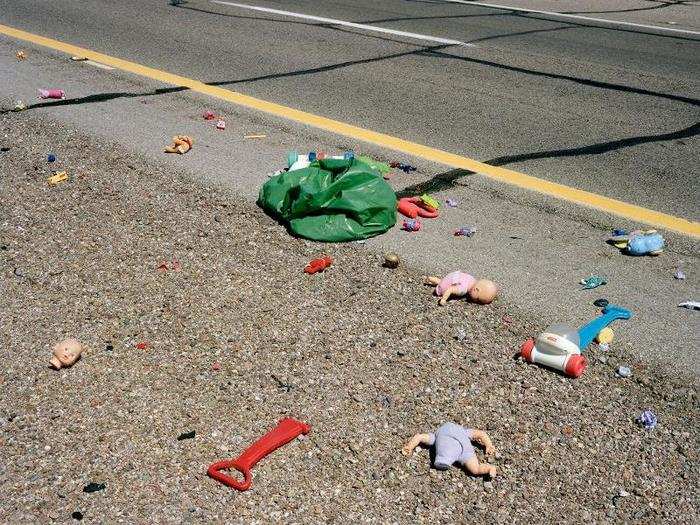
Highways had a more negative effect in cities, where entire neighborhoods were destroyed, while others became physically and economically isolated.
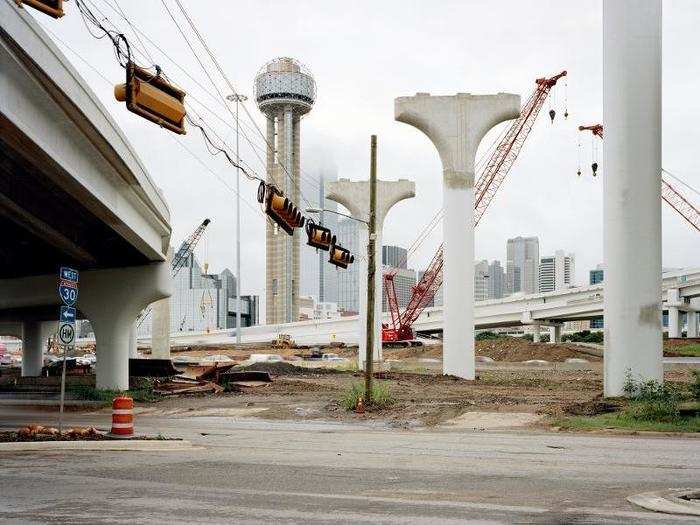
The road trip has a long tradition in American photography, film, and literature, a genre that Greer calls "seductive and intimidating." In many ways, it's at the core of America's myth of itself.
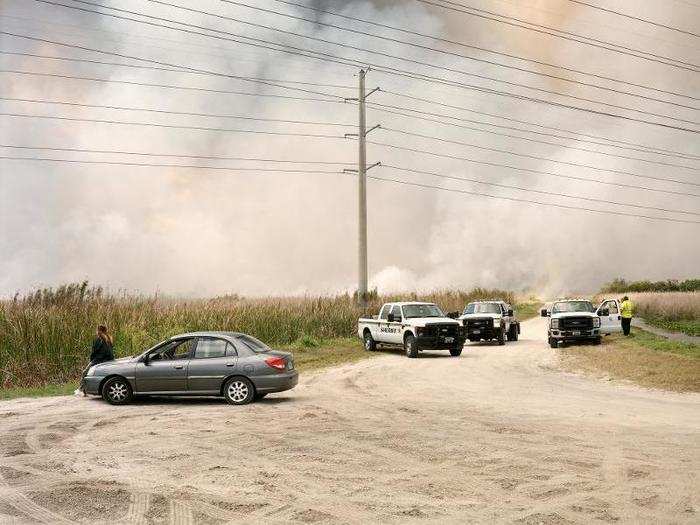
Greer said that America is "in love with the myth of what it used to be."
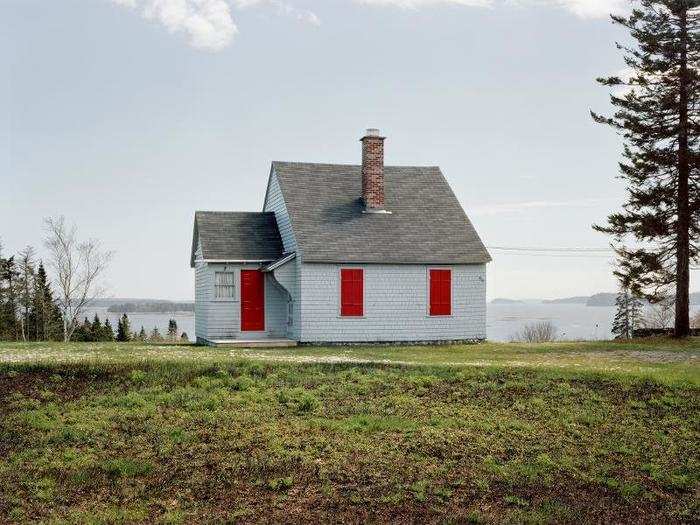
The reality of life in America, whether in the 1950s or today, has always been far harsher for most people, Greer said.
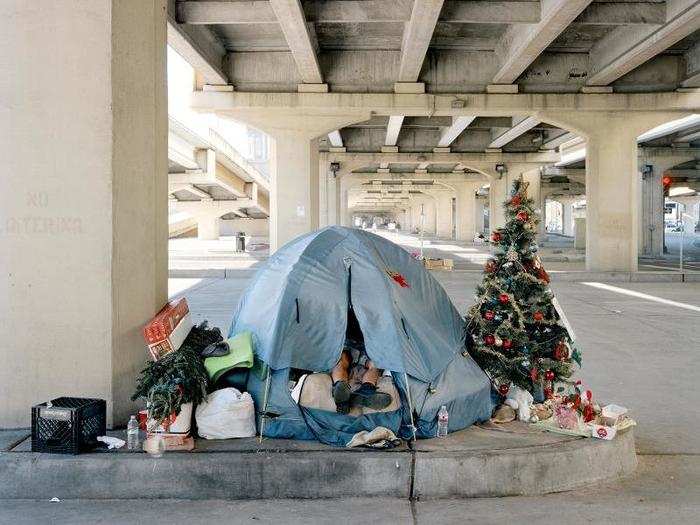
Greer deliberately avoided back roads and scenic highways. He didn't want to present a quaint, picturesque, nostalgic view of America.
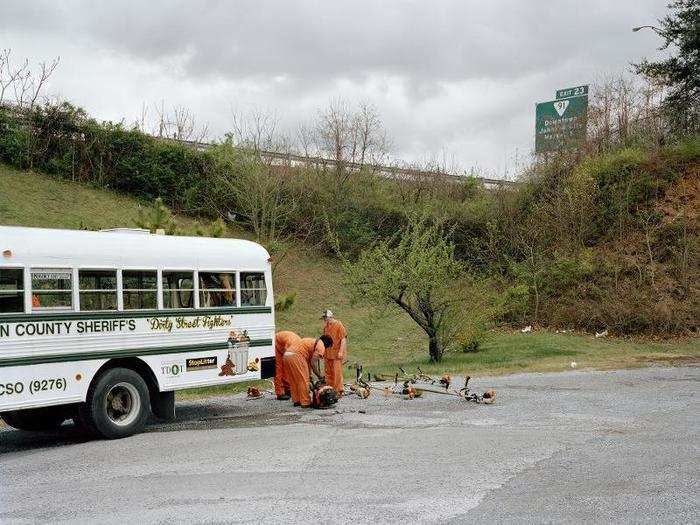
"I felt that the Interstate Highway System would show me what America looks like today and not some kind of nostalgic view of what it used to be," said Greer.
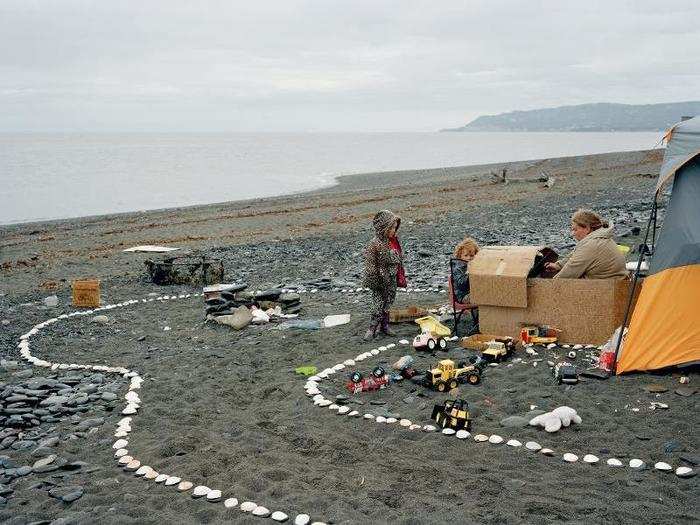
"Sometimes it was funny, other times it was heartbreaking, but most of all it was inspirational," Greer said.
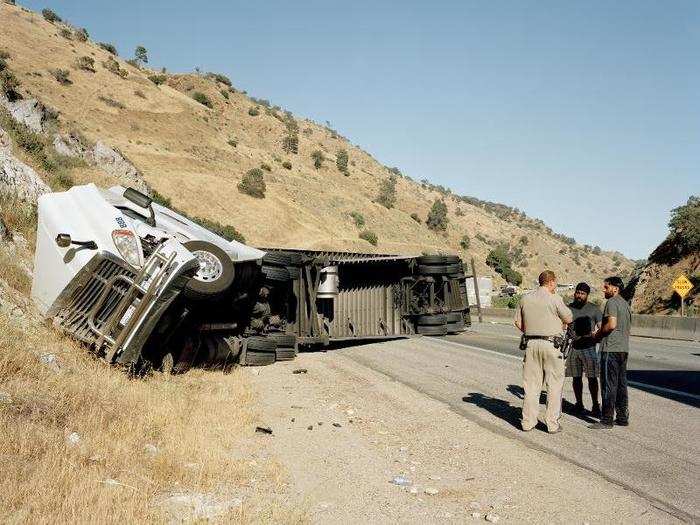
Once, he found a Walmart parking lot filled with RVs.
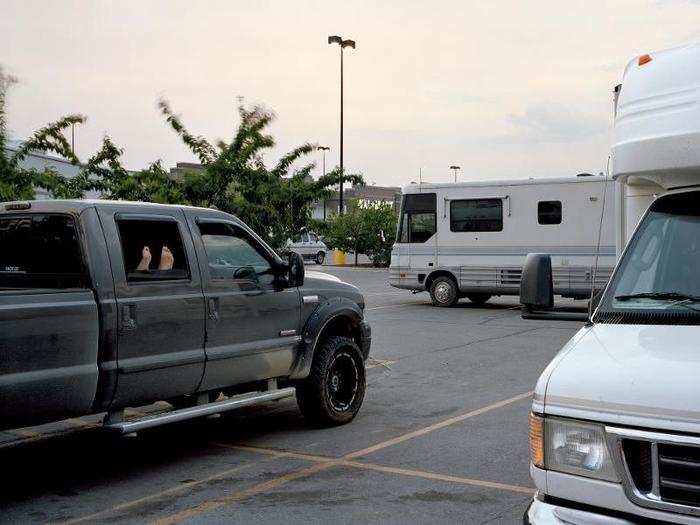
Another time, he found a billboard from a person asking for a kidney donation.
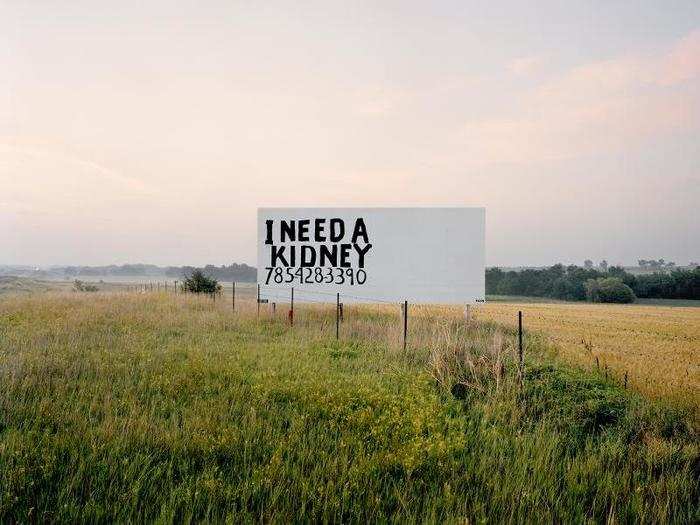
At times, he didn't even know what he was looking at.
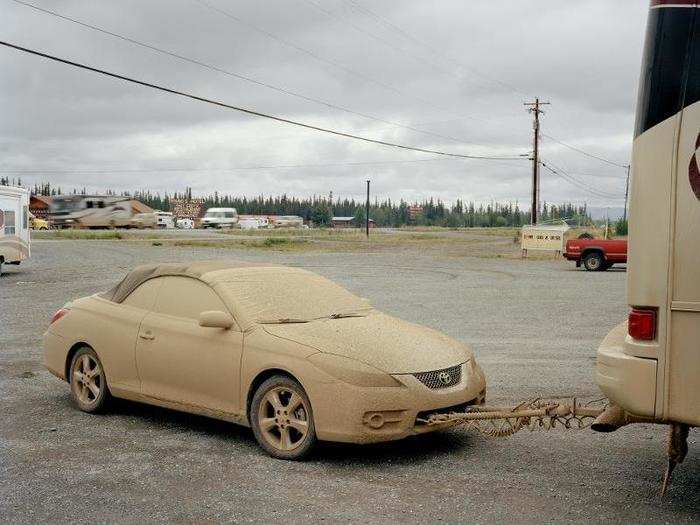
There were indications to America's future, like these electric car charging stations. A new kind of American sameness.
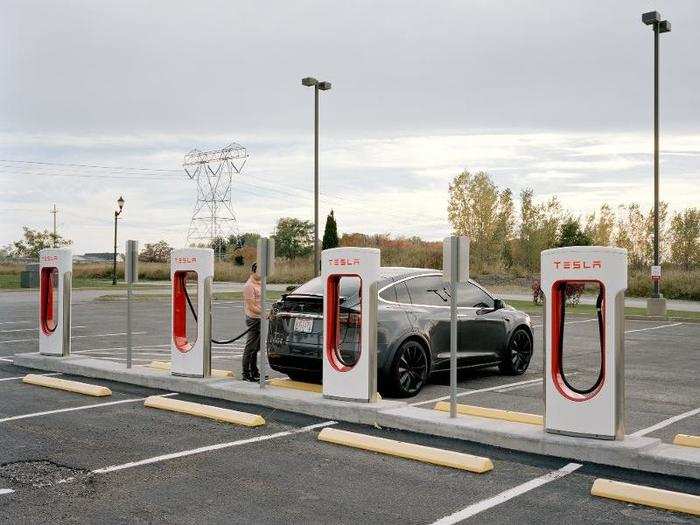
Though the landscapes changed, Greer largely found himself "isolated and disconnected" no matter where he went. Because roads are not designed to be social, Greer said, he had to work at forming connections.
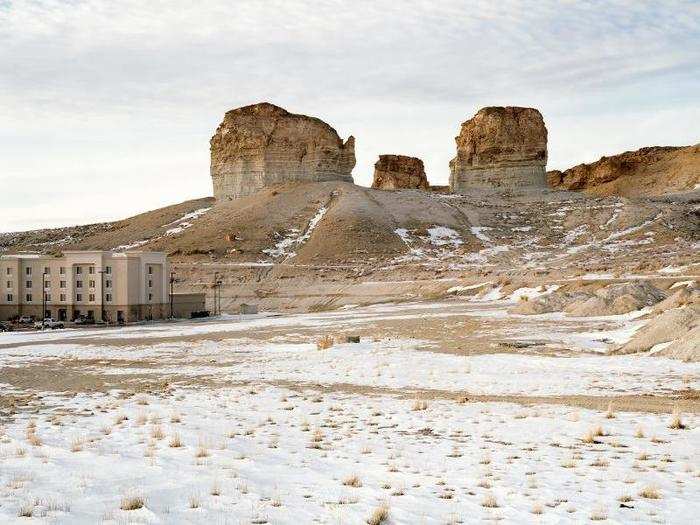
"There have certainly been times, like watching the solar eclipse at a truck stop in Kentucky, where I've felt deeply connected to fellow travelers, but by and large it's a big, empty country and that can feel lonely," Greer said.
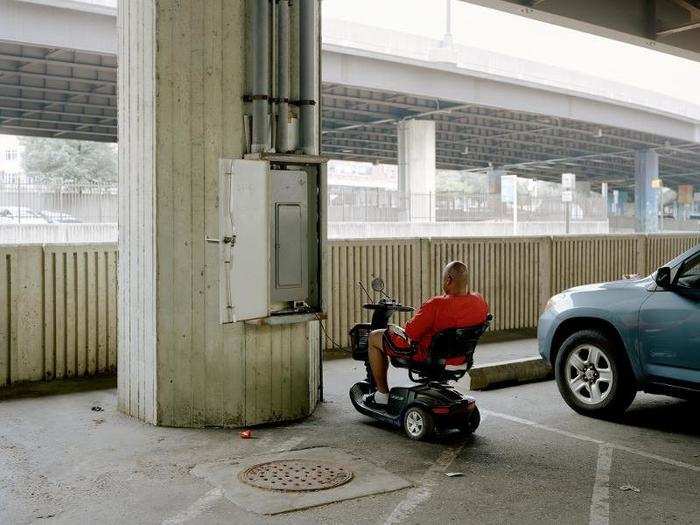
Greer's photographs act as a document showing what America is like today — not what people wish it was.
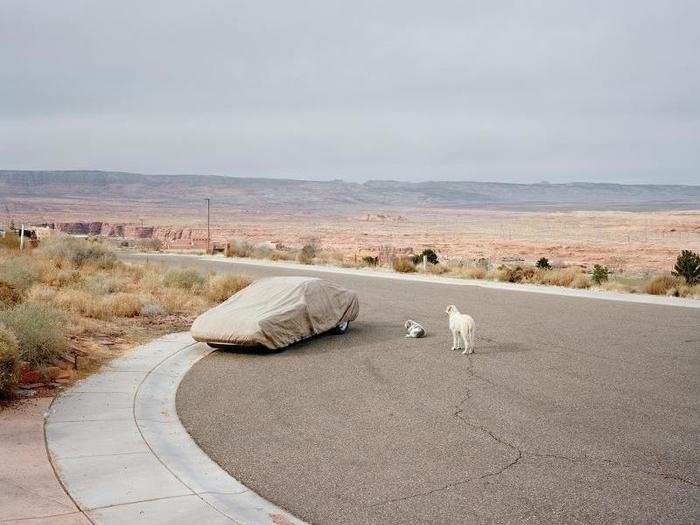
Popular Right Now
Popular Keywords
Advertisement